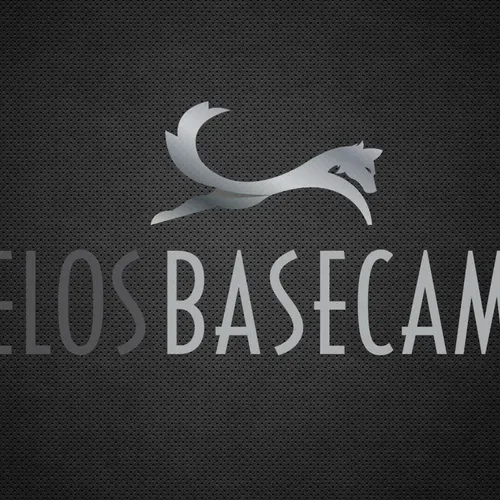Basecamp-Week 9
- Author
- Telos Running
- Published
- Mon 30 Mar 2020
- Episode Link
- https://share.transistor.fm/s/c130b03c
HOUSEKEEPING
- I am hoping that all of you are well. As we settle into another week of lock down, I want to remind you of a few things:
- Courage, hope & a resilient attitude are critical, beneficial & a DECISION. DECIDE to be resilient. Think on what is necessary. What heals, what lifts, what brings us together.
- Even though you are secluded, you are not alone. Connect in the ways you can: neighbors, family, friends. Stay engaged with the things you know nourish you & those around you.
- Inventory.
- Run.
WEEKLY TRAINING DETAILS
QUALITY
30 MIN STEADY RUN (& variations)
This is an extension of Week 5’s Steady run, moving from a 20 min comfortably hard run to a 30 min comfortably hard run. If you feel that extension is too much, you can stay with the 20 minutes. Another potential variation is 20+10 min Steady, breaking up the run into two sections & taking 3-5 min of easy running between the two portions.
Steady is a flexible pace range, generally between hMGP & MGP. However, I feel it is really important to be using your bodily awareness to determine what paces you run rather than setting out with a specific pacing objective. Anytime I indicate “steady” I am indicating pacing flexibility & listening to your body for what feels “comfortably hard”. Hard enough to be doing work but comfortable enough to continue at that pace for a while. Everyone will have a different setting for this.
Why? A few reasons:
- The overall training macro is looking for a specific kind of training adaptation but we do not want to be a slave to the watch.
- I know that the training adaptation I am looking for is not necessarily exactly correlated to a specific pace & I want your body to determine what comfortably hard is.
- You can play more & be more flexible when there is a range & you allow your body to go where it needs to go in terms of paces. This sense of play would be operative on these Steady runs.
As I mentioned in Week 5, be positive. Stay relaxed. Try to find a flow. If the comfortably hard goes to just plain hard, slow down a little bit. Find the groove, find the rhythm & flow.
Warm-up is just 10 min & cooldown can be 5-15 minutes, as you feel. The focus this week is on the 30 min Steady run.
This session should be done on the roads.
SPEED ECONOMY
6-8 x 200m w/ 200m jog, an extension of Week 6’s SE session.
The 200m interval distance is a classic distance & is ubiquitous amongst nearly all training programs. 200m reps are really excellent because they require a bit of endurance but do not overtax the system & when combined with a 200m easy jog, are an excellent way to extend the speed element of your training without developing the anaerobic system & inducing lactate accumulation. In most programs I would give my athletes 5K paces for these intervals. Since you are not using paces in this program I recommend that you start these out a little slower than your strides pace to be sure you don’t overextend yourself. If after 2 reps you feel the pace is manageable, you can go a little faster. Keep track of the pace you run on these. We’ll be doing this session again in a few weeks & you can compare your results. Again, a reminder that the recovery is a VERY EASY pitterpat jog. You can do this on the track, where on a standard track 200mis half a lap, or on the roads.
LONG RUN
- 30-40 mpw: 10M EASY w/ final 15 min CLOSE
- 40-50 mpw: 12-14M EASY w/ final 15 min CLOSE
- 50-60 mpw: 14M EASY w/ final 15 min CLOSE
CLOSE = A CLOSE is a fast finish in the final minutes of a long run. Other programs might call this a “fast finish”. These are designed to allow you an opportunity to start pushing a little bit on the long runs. By controlling the amount of time you push the effort or pace faster, we allow you to dip your toe into the water of a Quality Long Run (QLR). The QLR is a fundamental aspect of the Telos program. These are long runs with workouts built into them. These are used for athletes training for all races but play a huge part of the half marathon & marathon programs I devise. Another reason that I began including CLOSES in my programs is because my athletes began running too hard on their long runs, whether by pushing early in the runs & making an effort too fast or by racing others & making the effort too hard. It is critical to remember that the “hard” part of the long run is in the extension of the distance, not the pace of the run, especially in a base building program. This is a very common mistake made in building fitness. You cannot get fast & strong at the same time without really flirting with injury &/or overtraining.
FUNDAMENTALS TOPIC: RECOVERY
Listen to the podcast episode.
